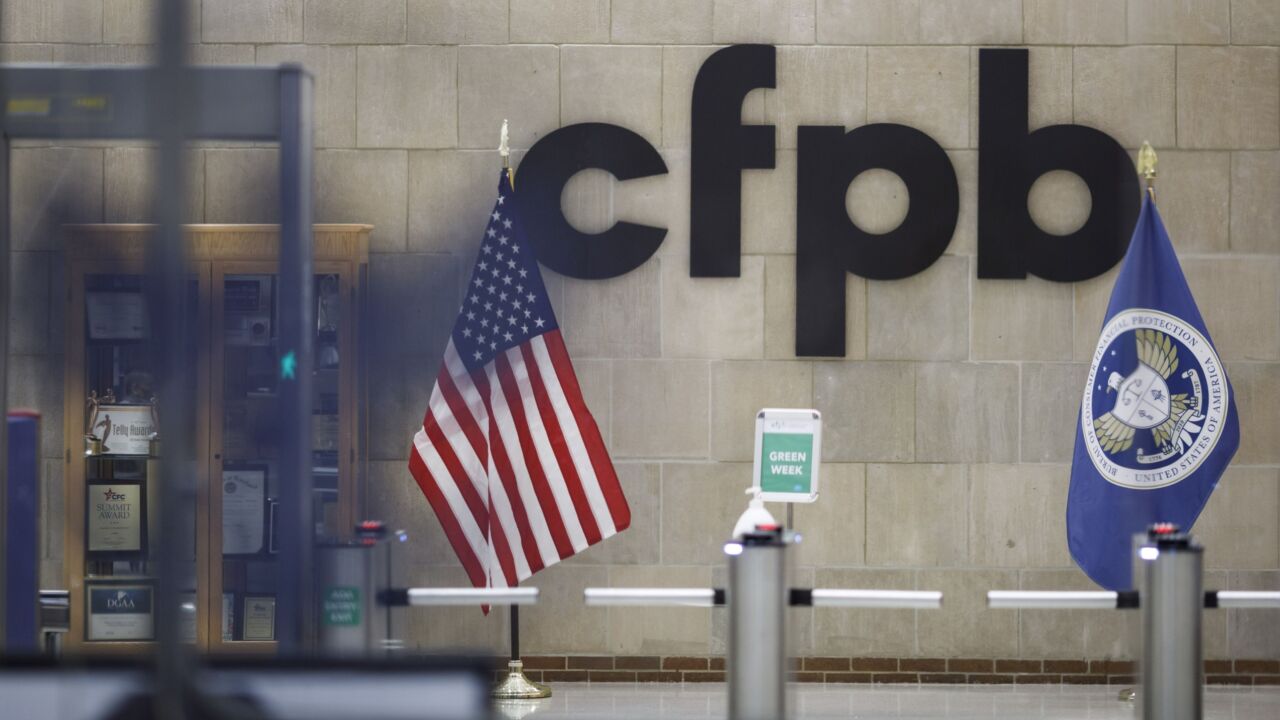There's a handful of zombies out there threatening to wreck your neighborhood or at least create a frightful landscaping nightmare next door.
But their numbers are dwindling.
In the Greensboro-High Point metro area this Halloween fewer unoccupied, unfortunate homes are haunting the streets than in 2016 as the pace of home sales picks up and more people are conquering their fear of homeownership.
Still, in the third quarter, 27 houses sat in that undead place where banks have begun the foreclosure process and the owners have moved out, meaning there's nobody around to mow the yard, clip the shrubbery or turn on the porch lights.
So-called "zombie foreclosures have dwindled dramatically over the last four years as a supply-starved housing market has soaked up even some of the most highly distressed properties," said a

In Greensboro-High Point, fewer people are losing their homes to foreclosure, and fewer people are moving out of their houses while they await refinancing or look for somewhere else to live. Only 3.5% of all homes in the foreclosure process fall into that vacant "zombie" category. That's a substantial drop from 2016, when the number of zombie foreclosures was 4.5% of all homes in foreclosure.
During the worst years of the real-estate recession, many homeowners gave up at the first sign that they couldn't pay a mortgage and moved on before the bank even could take over a home. Now, with real estate values higher and banks more willing to refinance, there's plenty of incentive for a homeowner to stick around waiting for a negotiated solution.
A homeowner who bails out and moves on before his home is repossessed or sold is still liable for taxes and other responsibilities that could further damage his credit beyond the hit from foreclosure.
Zombies are only part of the vacant-property picture. The hotter the market, the lower the vacancy rate.
In this national survey, for example, San Jose, Calif., the heart of Silicon Valley, had essentially no vacant residential units. That's a hot market.
The overall number of vacant properties in this region strikes a middle ground that keeps homes available for buyers and makes the market a little bit better for sellers these days.
This region, which covers Guilford, Randolph and Rockingham counties, ranks 41st in the country for its residential property vacancy rate, with 5,224 vacant residential properties, or 2% of the nearly 261,000 residential properties.
Things are a little tighter in Winston-Salem, where only 1.85% of all residential properties are vacant.
Raleigh has the tightest vacancy rate among the state's major markets — fewer than 1% of residential properties are vacant in that hot job market.
The scariest market for a seller right now might be Flint, Mich., where lead-poisoned-water woes are driving families to put up their homes for sale.
In that city, more than 10,000 residential homes were vacant, nearly 7%. Oddly, that scary market has only a few "zombie" properties — seven in the third quarter.
That suggests there may even be hope for cities such as Philadelphia, which is tipping toward the zombie apocalypse with more than 800 abandoned-but-not-foreclosed residences lurking on the streets.





